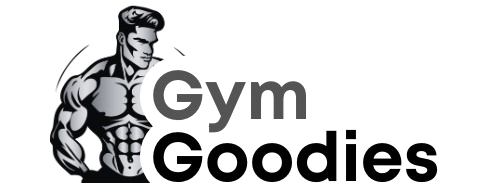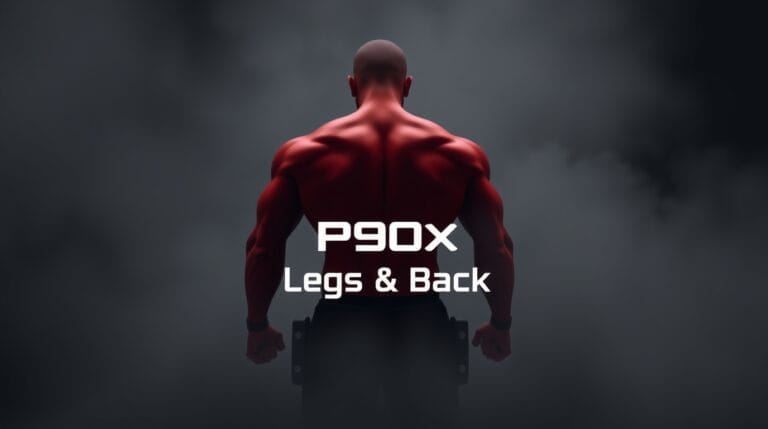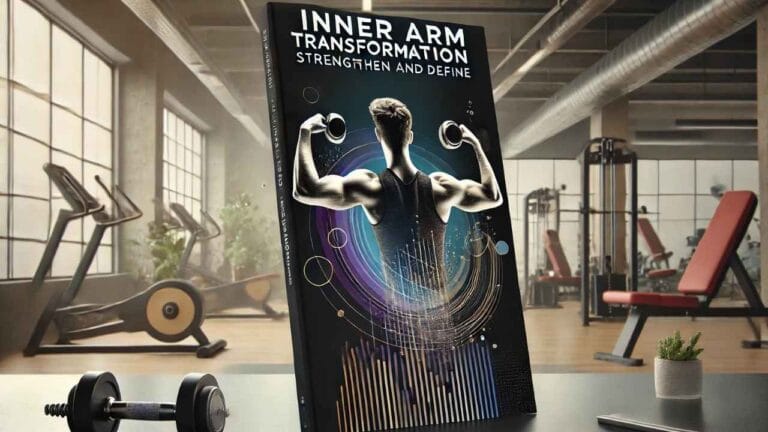Lateral Raise Showdown: Science vs. Gym Bro Opinions on Arm Position

Ever feel like no matter how many lateral raises you do, your shoulders just won’t grow? Or worse, your elbows ache, your traps take over, and you’re left wondering if you’re even doing it right? You’re not alone.
The lateral raise seems simple: lift your arms to the side, right? But dig deeper, and you’ll find heated debates, elbows slightly bent vs. locked, thumbs up vs. thumbs down, 30 degrees vs. 90 degrees. Who’s right? Let’s settle this once and for all with science-backed insights, real client transformations, and a step-by-step fix to finally build those boulder shoulders, without the joint pain.
Why Your Lateral Raises Feel Wrong (Hint: It’s Not Just Weak Delts)
The truth: Your arm position dictates muscle engagement, not just effort.
Most lifters blame weak side delts when their lateral raises feel off. But the real issue? Poor scapular control and improper leverage. If your traps or front delts take over, your arm angle is likely sabotaging you.
Client Case Study: Jonathan’s Shoulder Breakthrough
Jonathan, a dedicated gym-goer, swore lateral raises were useless for him. “I just feel it in my neck!” After assessing his form, we noticed he was lifting his arms too high with internally rotated shoulders (palms facing down). A simple tweak, slight elbow bend (10–15°), thumbs slightly up (like pouring water), shifted the tension straight to his side delts. Within weeks? Visible shoulder definition and zero trap strain.
Key Takeaway: Your grip and arm angle change which muscles dominate the lift.
The Hidden Factor Everyone Overlooks: Scapular Positioning
Counterintuitive insight: Your shoulder blades should stay grounded, not hike up.
A 2024 study in the Journal of Strength and Conditioning Research found that excessive scapular elevation (shrugging) reduces deltoid activation by up to 27%. Translation: If your traps are burning, you’re leaving gains on the table.
Actionable Tip: The “Wall Slide” Test
- Stand with your back against a wall, arms bent at 90° (like a goalpost).
- Slide your arms up, keeping elbows and wrists in contact with the wall.
- If your ribs flare or shoulders hike, your scapular stability needs work.
Fix: Strengthen your lower traps and serratus anterior with scapular push-ups and banded pull-aparts before lateral raises.
“Elbows Locked vs. Slightly Bent” Debunked
Myth: “Straight arms isolate the delts better.”
Reality: A slight bend protects joints and improves tension.
Think of your arm like a rope. A completely straight rope (locked elbow) transfers tension inefficiently, while a slightly slack rope (10–15° bend) allows for smoother force distribution.
- Locked elbows: Increase shear force on the joint (higher injury risk).
- Slightly bent elbows: Maintain constant delt tension and reduce strain.
Visual Cue: Imagine holding a tiny beach ball under each arm, that soft bend is your sweet spot.
Step-by-Step Fix: Pain-Free Lateral Raises in 2 Weeks
Follow this sequence to master lateral raises without shoulder impingement.
Phase 1: Prep (Days 1–3)
- Warm-Up: Banded shoulder dislocations (10 reps) + scapular wall slides (2×12).
- Activation: Lean-away lateral raises (hold a stable object, lean slightly, and raise the free arm) – 3×10 per side.
Phase 2: Modify (Days 4–10)
- If your traps take over: Reduce weight and focus on thumbs-up grip (supinated) to bias the side delts.
- If elbows hurt: Use cables or bands for smoother resistance.
Phase 3: Progress (Days 11–14+)
- Add a 2-second pause at the top to increase time under tension.
- Try a 1.5-rep method (raise to the top, lower halfway, raise again, then fully lower).
Final Thoughts: Science Wins (But Gym Bros Aren’t Totally Wrong)
The best lateral raise form? Slightly bent elbows, thumbs angled up, and controlled scapular movement. But here’s the kicker, individual anatomy matters. Some lifters thrive with a neutral grip, others with a slight lean.
Your Homework: Film your next set. Are your traps shrugging? Are your elbows flaring? Adjust, experiment, and let your delts, not your ego, dictate the weight.
Disclaimer:
It should be remembered that the information available at gymgoodies.net is constantly evolving and is up-to-date and authentic information on fitness, exercises, and health.
I am a veteran bodybuilder, considering I have been active in the industry for quite some time. I ensure that the content shared reflects the lessons I have learned in my years of training and working or all the exposure I have had.
That said, it must be understood that the information available on this portal is obtained through communication channels and is primarily for education and information. Some factors and changes occur, and the issues discussed in this website address such things.
Every piece of advice regarding fitness or health should be taken with caution.
You might need the assistance of fitness professionals, nutritionists, or doctors regarding your workout routine, diet, or fitness activity. Their advice should be personalized PPC, the guide you integrate into your routine, taking into account your specifications and requirements regarding your health and fitness.
This is key, considering our concern is your health and safety. Make sure you only use the data on the site to empower expert advice and nothing more.



